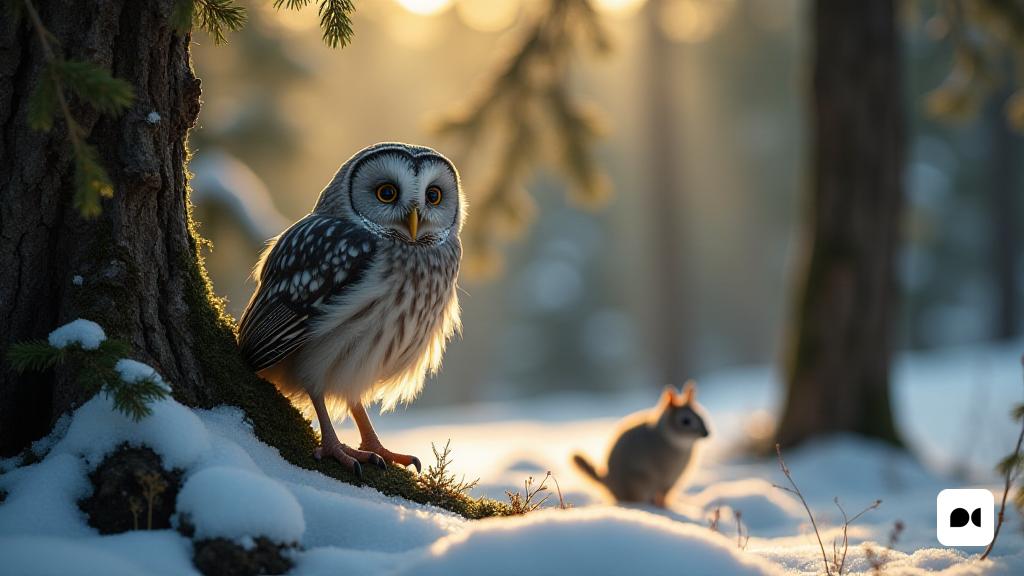A global alert on biodiversity
The world is facing an unprecedented environmental crisis, with more than 32,000 endangered plant and animal species. Notable among them is an alarming number of more than five thousand species of animals fighting for their survival. The question we need to ask ourselves is: What are the most risk species in Europe?
The challenges of amicated species
The presence of invasive species, both accidentally and intentionally, is severely altered food chains. This situation leads us to reflect on the future of our own species: Could we be the following when disappearing from the map?
The Pyrenean owl: a treasure in danger
The Pyrenean owl, with a distinctive skull that presents ears oriented asymmetrically, is a fascinating example of how nature has adapted. This feature allows you to detect sounds within a radius of 360 degrees, a key ability to hunt, even in snow conditions. This species is currently classified as vulnerable.
Habitat and living conditions
This owl shows in the old subalpine coniferous forests, especially in areas with black pine and fir, at altitudes ranging from 1,650 to 2,200 meters. Its dependence on the ancient forests and the need for nests in woodpeckers make their survival closely linked to the health of their natural habitats.
Distribution and behavior
With a Holartic distribution, the Pyrenean owl is in taiga areas of Eurasia and North America. In Europe, it lives mainly in dense forests of subalpine conifers. Its presence in the Pyrenees was not documented until 1964, with the discovery of a nest in Font-romeu. However, it was in the 1980’s that its extent was confirmed throughout the mountainous chain, including the French and Spanish slopes, as well as Andorra.
Its sedentary nature, along with its singing habits during the spring, makes it a difficult animal to detect. The males emit their songs at a very specific schedule, which varies between dawn and an hour after sunset, which contributes to their invisibility.
Reflections on conservation
The situation of the Pyrenean owl is only a reflection of the multiple challenges facing endangered species. Its preservation depends not only on the protection of its habitat, but also on our ability to recognize the importance of biodiversity in the maintenance of ecological balance. Our action today can determine the future of many species, including ours.

